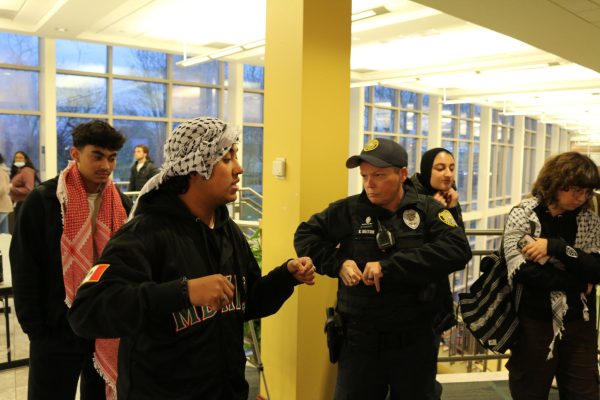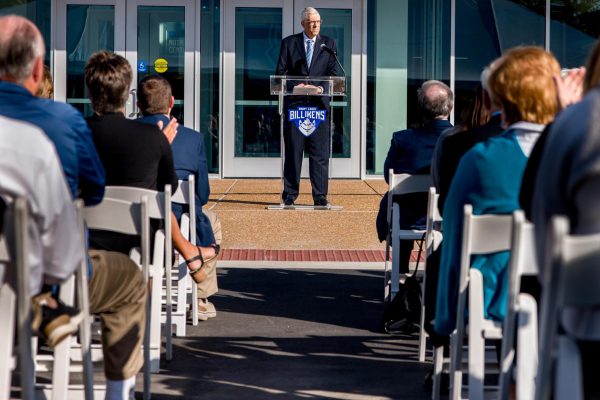International Students Navigate Tricky Finances
Nearly six percent of undergraduate students at Saint Louis University are from countries other than the U.S. but the road to St. Louis can be anything but easy, especially when it comes to finances.
Nearly six percent of undergraduate students at Saint Louis University are from countries other than the U.S. They hail from 78 different countries—some as close as Mexico and Canada, others as far as China and Saudi Arabia. International students may be prevalent on campus, but the road to St. Louis can be anything but easy, especially when it comes to finances.
SLU students receive around $140 million annually in federal student aid. If you’re a domestic student, you were required to fill out the FAFSA form when applying to attend the University. This form defines eligibility for financial aid from the federal government. This can come in the form of federally-guaranteed students loans, which about half of SLU students receive, or Pell grants, which help fund around 22% of undergrad students on campus. But because most international students are not U.S. citizens, they are not eligible for these benefits and must find other means of financing their education.
Although international students are eligible for merit-based financial aid through the University, this often doesn’t cover their entire cost of attendance. In fact, unless they receive the Presidential Scholarship, a full tuition merit-based award, they will have to pay out of pocket for some portion of their education. Even if they do receive that scholarship, they must pay room and board, which is not covered by the university.
The cost of a private university in the U.S. like SLU is often much more expensive than in other countries. For instance, the cost of attendance at Peking University, one of the best higher education institutions in China is less than $4000 per year. The numbers are even more drastic in Western Europe. In Germany, tuition averages a little over $900 a year and France typically charges a little over $500. When compared to SLU’s rate of more than $43,000, this can be a pretty tough financial stretch for many international students.
While SLU doesn’t have control over federal regulations, they do offer a variety of services for international students. The INTOSLU program helps international students with their English skills as well as adjusting to the U.S. culturally. The Office of International Services also helps students with obtaining Visas, banking and finding employment on campus among other services.
Another large expense for non-domestic students is travel. Coming from places all around the globe, many students have to weigh whether they can afford to travel home for breaks or to stay on campus. Often staying on campus for winter break involves moving into one of the few open dorms or finding someone to stay within the U.S.
“Some domestic students have the preconception that international students are rich because they’re studying abroad,” said Surabhi Swaminath, a junior in the college of arts and sciences from Bengaluru, India. “But things can be difficult for us on top of the lifestyle change, the language and the culture shock. Finances are a big part of it too.”
While international students are permitted to live off campus after two years just like domestic students, they often don’t have someone to co-sign the lease on their off-campus housing or act as a guarantor. This can result in the student or their family having to pay several months rent up front and out of pocket. In fact, Swaminath had to pay two months’ rent at the Standard just to be able to sign the lease.
International students must obtain an F1 student visa, which allows them to study in the United States for a certain period of time. This visa offers no benefits to the student and costs $160 just for the application. It also restricts the amount of income international students can earn while in the US. Students are permitted to work a maximum of 20 hours per week or 40 hours during breaks. They are, however, ineligible for federal work-study jobs that are intended to help domestic students balance their schoolwork.
Your donation will support the student journalists of Saint Louis University. Your contribution will help us cover our annual website hosting costs.








